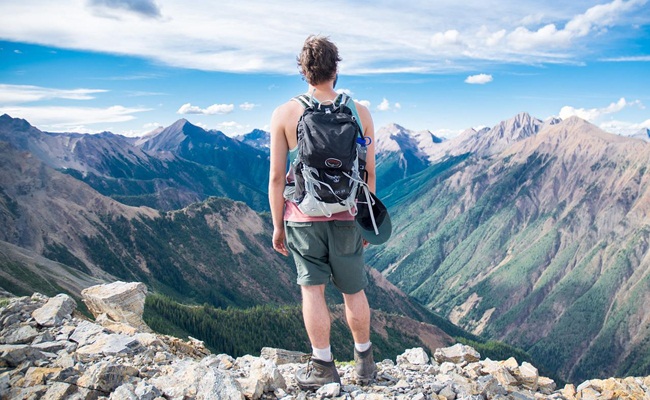6 Common Hiker Mistakes and How to Avoid Them

Do you want to make the right call and hike on the right path?
So popular that it comes with its challenges to keep yourself safe. You may have been hiking for a while, or you’re a newbie and want to learn the ropes before you start.
In this article, we’re outlining common hiker mistakes that can affect your safety and performance.
Keep reading to learn about common hiker mistakes, so you never make them along your hiking adventure.
1. Don’t Have a Proper Plan
A pleasant hike can become unsafe and unpleasant without enough planning. Before hiking, hikers should investigate topography, elevation, and landmarks to prepare for the journey.
A planned hike will also allow you to enjoy a greater sense of control and accomplishment when the walk is over. Avoiding hiker mistakes, such as needing a proper plan, will help you make the most of your hiking experience!
2. Not Wearing Appropriate Apparel
Appropriate apparel for hikers varies depending on the location and length of the hike. For shorter walks in unpredictable weather for hiking, it is best to wear thermal base layers, wind-resistant jackets, and waterproof outer layers.
Wearing appropriate footwear is also essential. Hikers should make sure their shoes and wool socks for hiking are comfortable and the correct size. It’s necessary to stay dry and grip slippery trails, which is why boots with good support and traction are a must.
3. Not Checking Weather Conditions
Hikers should always check the daily weather forecast before hitting the trails. Only some have access to tools like weather prediction apps, so checking in with local stores and rangers or researching online is essential.
Weather conditions can change unexpectedly; a sunny day can turn into a thunder and lightning storm. Checking the forecast in advance can help you plan the best and safest trail route and decide on the proper layers to wear.
4. Not Knowing the Limits
Common hiker mistakes, such as not knowing the limits of one’s physical endurance or capability, are prevalent outdoors. Knowing your limits is the first step in staying safe when choosing a hiking trail.
Start with smaller, easy hikes and increase the difficulty as your confidence and abilities improve. Take on only what you can handle. If a trail is too difficult, take a break and turn around.
5. Lack of Essential Supplies
Without the right supplies, hikers can put themselves in dangerous situations. It is vital to bring essential supplies like a first aid kit, extra clothing, flashlights, water and food, and much more.
Hikers should create a hiking gear checklist of items to bring and assign a person to the group to double-check that everyone has the necessary items. Additionally, packing a multi-tool or a pocket knife is also essential.
6. Don’t Have a Backup Plan
Many people have encountered problems due to their lack of a backup plan, and it’s best to be prepared for the worst. With a backup plan, hikers can become safe, protected, or worse.
Each hiker should have a strategy for where they are going, what they are doing, and what to do in an emergency to avoid such complications. Hikers should have backup plans in case their first strategy fails.
Avoid These Common Hiker Mistakes Today
Common hiker mistakes can be avoided with careful preparation, patience, and humility. Dress appropriately, stay on routes, and respect local laws, customs, and travelers.
Be attentive, prepared for the worst, and enjoy the journey with respect for the environment.
Check out more of our articles before you leave for more ideas and tips.




























